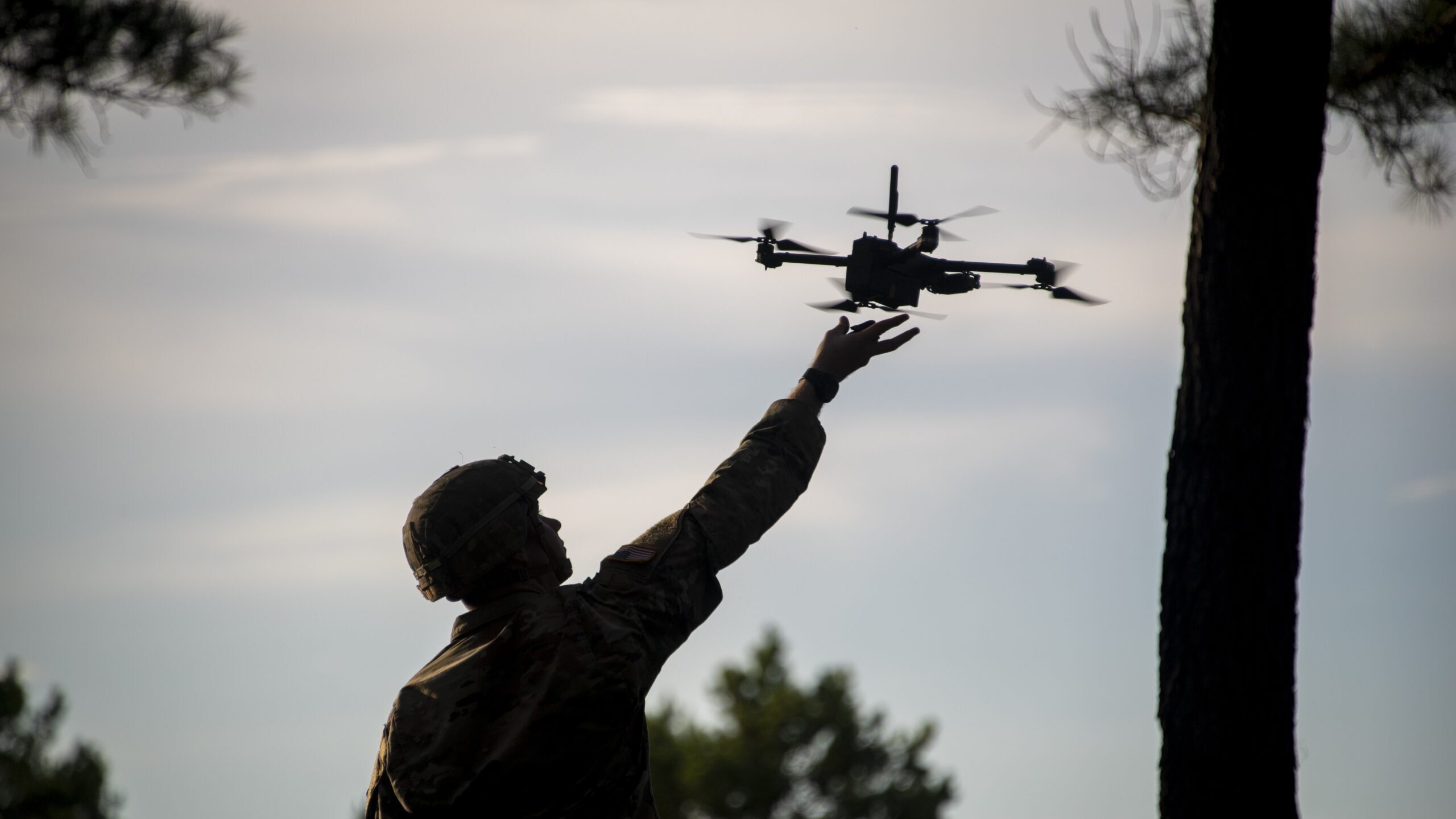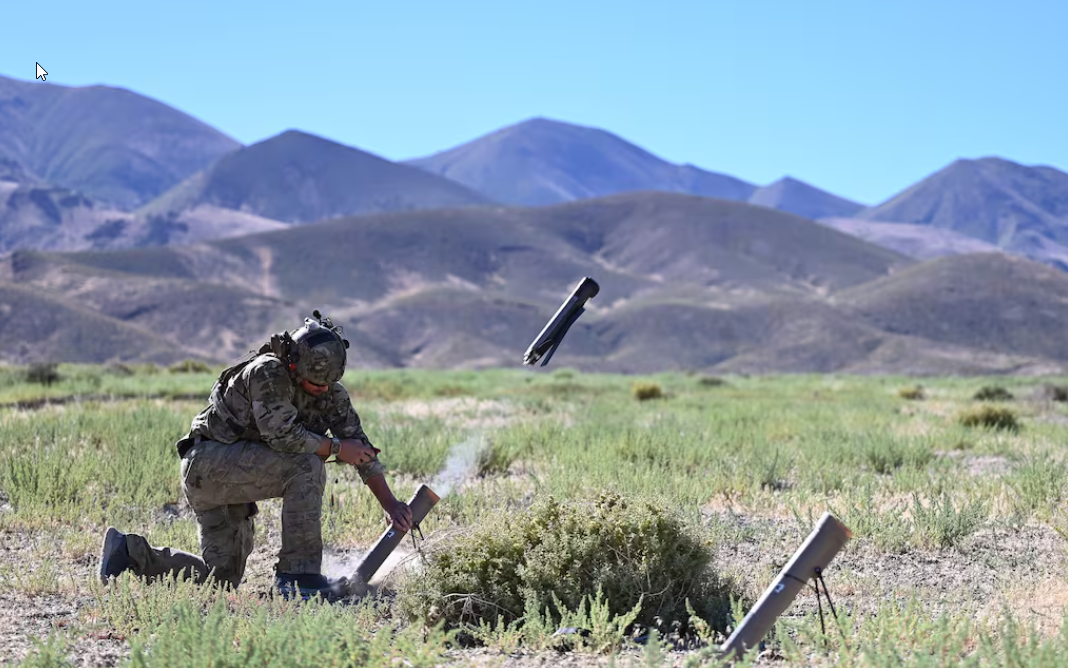A new batch of sea and air drones under the Replicator programme was presented in the United States

The Pentagon has unveiled a new series of air and sea drones as part of the Replicator programme, a large-scale project aimed at accelerating the delivery of unmanned weapons systems to the US military.
Here's What We Know
The programme includes several models, including the Ghost-X from Anduril Industries and the C-100 from Performance Drone Works, which were chosen for the UAS drone programme.
According to the Pentagon, these drones are intended to be a versatile weapon for combat units, effective for both surveillance and targeting.
The Replicator programme will also include Anduril's Altius-600 attack drone, already in use by the Marine Corps, and the ETV experimental drone. The latter has received particular attention due to its 500 nautical mile range, which meets the programme's requirements.

This announcement is the second and most detailed disclosure of the systems the Pentagon is procuring for Replicator.
Deputy Secretary of Defence Kathleen Hicks announced the launch of the programme last year, pledging to produce thousands of low-cost drones by August 2025 to bolster defence capabilities in a potential conflict with China.
Some of the systems, of course, remain classified: until recently, the Pentagon officially recognised only one drone in the programme, the Switchblade 600 strike drone from AeroVironment.
Replicator aims to deliver systems quickly, bypassing the Pentagon's bureaucratic obstacles that often delay procurement. The programme also involves cooperation with 500 companies, of which 30 have signed prime contracts and another 50 are subcontractors.
In the next phase, Replicator will focus on developing systems to counter cheap drones, which are used by pro-Iranian groups in the Middle East. This should help the US Armed Forces avoid using expensive interceptors to take down relatively cheap UAVs.
Source: Defence News